Not an endorsement (because frankly I can see way to many things that could be or could go wrong with this type of housing) but…
Is Boxabl the future of housing for planet earth?
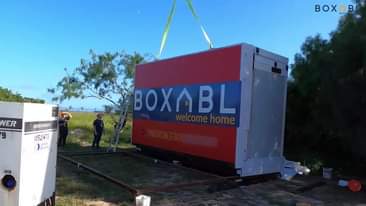


Click on photo to start video.
🏢 Milan’s vertical forests’ plant life 🌱 equals 3 hectares of forests 🌳 0 maintained by “Flying Gardeners”, a specialized team of arborists-climbers.
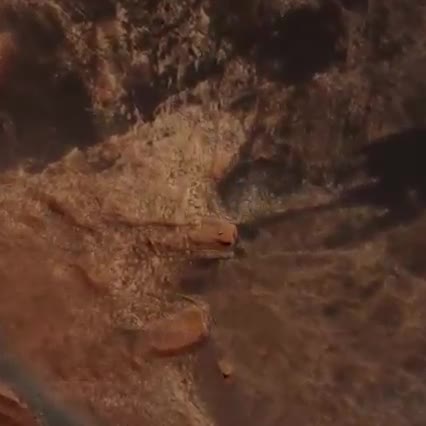
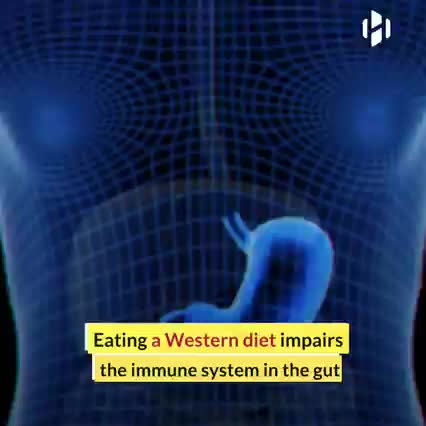
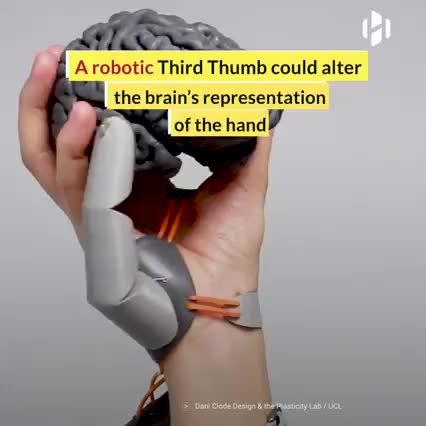
Credit: Dani Clode. #Neuroscience #Research #Biology #Technology
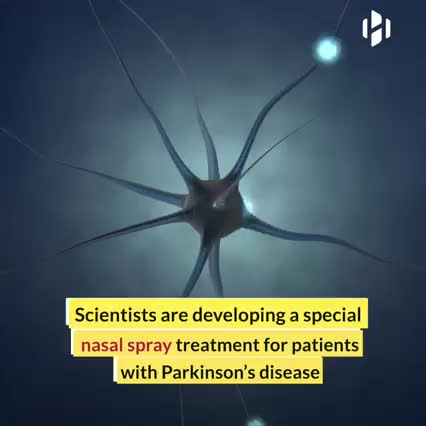
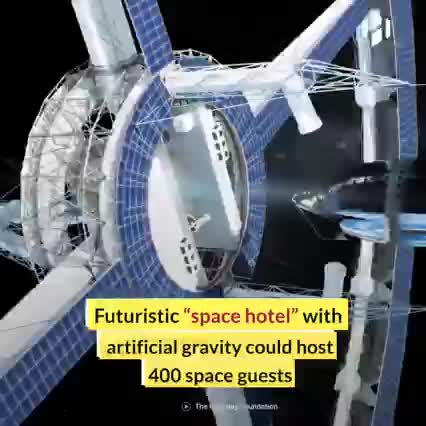
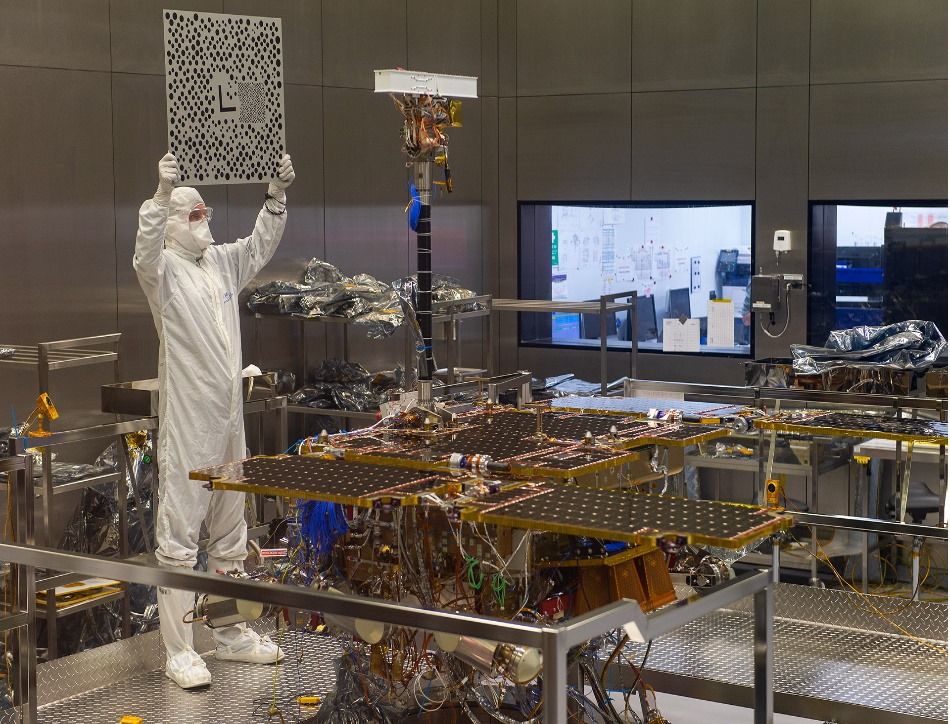
Sun, Jul 11
This event is part of Summer Science 2021.
The ExoMars rover is due to launch in 2,022 and will travel across Oxia Planum on Mars drilling for signs of life.
Join Professor John Bridges of the University of Leicester and colleagues to explore the advanced engineering and UK led science behind this exciting mission, and how researchers hope to check if there was once ancient life on Mars.
🏭🌐 Our new wafer fab in Dresden, Germany, is one of the world’s most modern chip factories. Follow video journalist Nicole Scott through our connected, intelligent factory, where we are manufacturing the building blocks of the connected future. ⬇️
#BoschSiliconDay